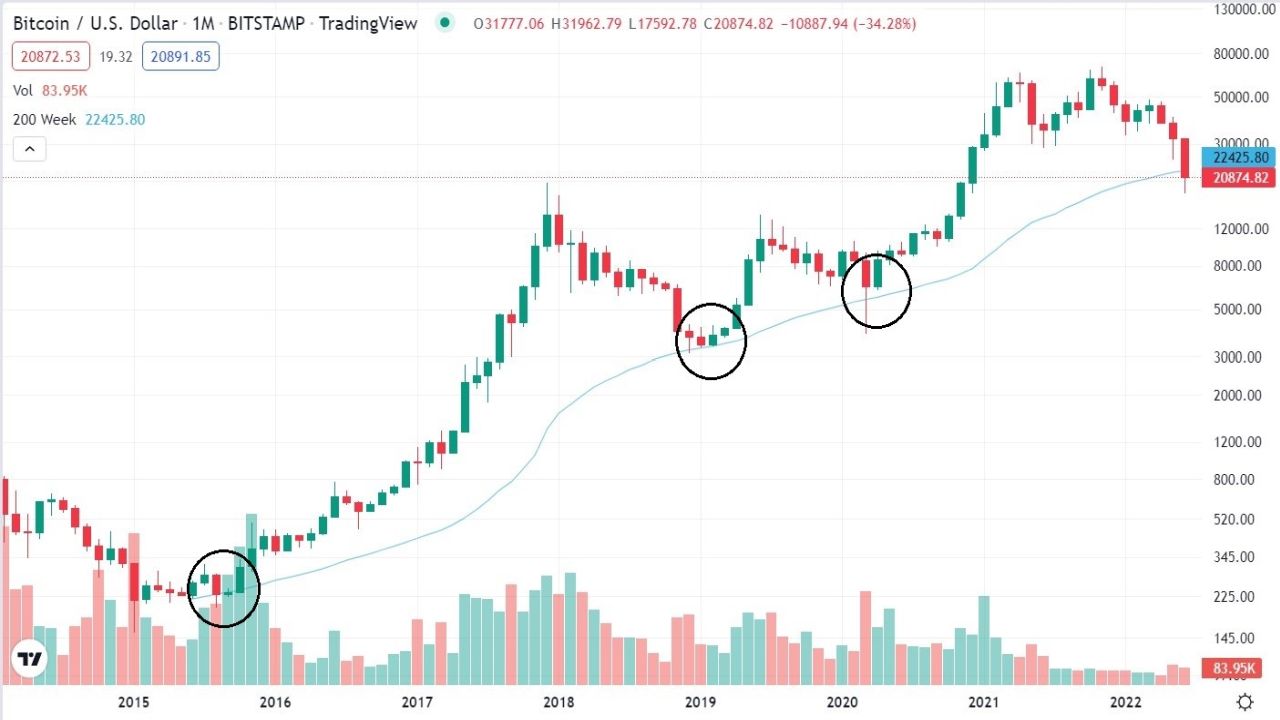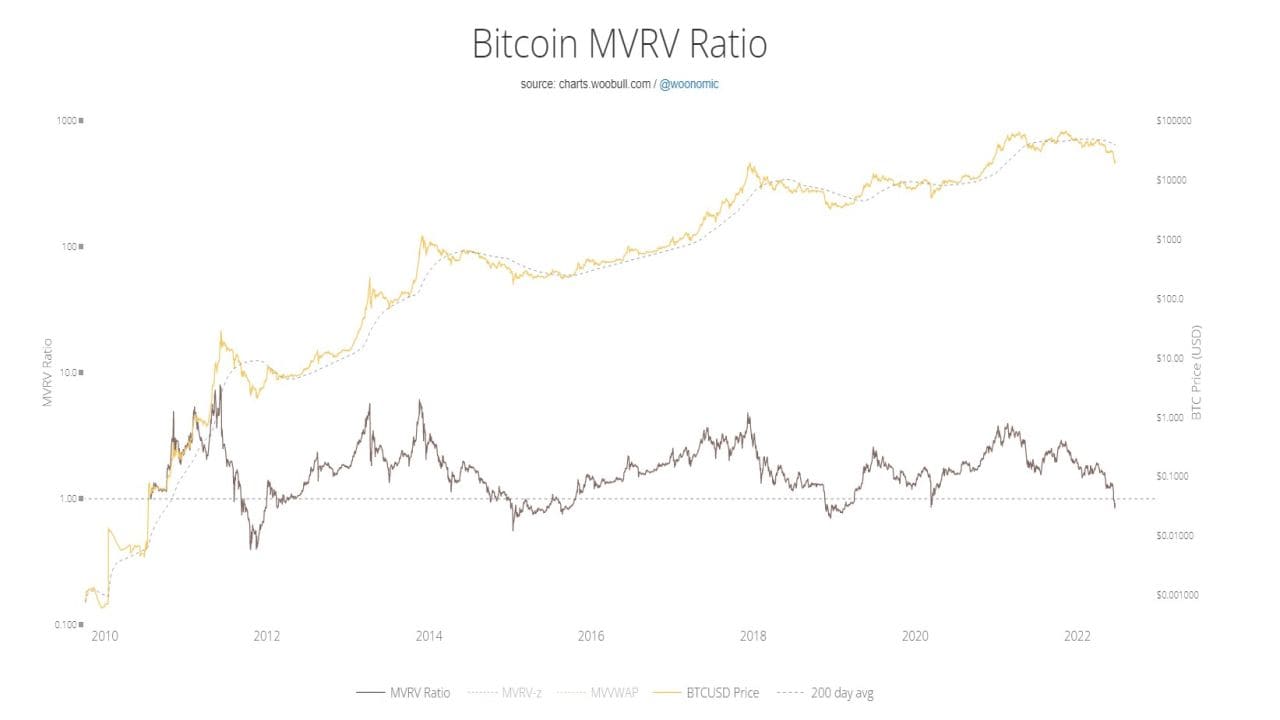Bitcoin has been on the decline for months now. It has fallen more than 70 percent since its November 2021 all-time high of $69,000 and is currently trading at $20,501.
This is a slight recovery from the sell-off on June 14, 2022, which saw BTC test the $17,700 mark for the first time in years. While this has spelt nothing but pain for Bitcoin investors, critics have had a field day during the meltdown.
Bill Gates recently came out against cryptos and NFTs, even saying he would short Bitcoin “if there was an easy way to do it”. Other critics predicted further pain for the world’s oldest cryptocurrency.
Internationally recognized financial analyst, CEO of Euro Pacific Capital Inc and noted Bitcoin opponent, Peter Schiff, surprised the crypto industry with a tweet predicting that BTC would stoop to a low of $3,000 in the future.
“If #Bitcoin can collapse by 70% from $69,000 to under $21,000, it can just as easily fall another 70% down to $6,000. Given the excessive leverage in #crypto, imagine the forced sales that would take place during a sell-off of this magnitude. $3,000 is a more likely price target,” he tweeted.
Also Read:
The phrase ‘Bitcoin is Dead’ is also gaining momentum on the internet. Data from Google Trends shows that online searches for ‘Bitcoin dead’ hit an all-time high after BTC dropped below the $18,000 mark.
However, crypto enthusiasts were quick to refute these claims, highlighting the previous 400-plus instances wherein people called for the death of Bitcoin. Yes, that’s right — in its short lifetime, Bitcoin has had 452 obituaries on the crypto news and learning platform, 99Bitcoins.
Each of these obituaries represents a write-up on the internet that says Bitcoin is or will be worthless in the future. And remember, 99Bitcoins only considers content produced by noteworthy figures and sites with substantial traffic for this statistic.
It’s not just enthusiasts backing the cryptocurrency. Several on-chain metrics also point to a Bitcoin resuscitation. One of them is the 200-week moving average (MA), which has historically functioned as a solid level of support for Bitcoin.
Previously, Bitcoin has bounced back and taken off every time it has hit the 200-week MA. This happened in 2015, 2019 and 2020, as shown in the graph below:

The price of Bitcoin tends to briefly dip below its 200-week MA and then slowly work its way up, starting a new uptrend. This is an encouraging sign, given that BTC is trading very close to its 200-week MA after short stints below it. Also, based on previous patterns, BTC could dip below the 200-week MA, but not too far below and not for too long.
Besides the 200-week moving average, the market-value-to-realized-value ratio (MVRV) suggests that the worst is behind us, and the current lull is not likely to persist for the long term. This means it is the perfect time to buy the dip and start accumulating BTC.
Let’s look at the chart to get a better idea:

Bitcoin’s MVRV score has dipped only twice in the last four years. First in 2018 and then later in March 2020. If this pattern continues, the price of BTC might fall briefly, but an upward trend should follow.
Even if the prices drop, experts have pointed out several historic support levels that Bitcoin could fall back on. In December 2020, BTC hit a support level of $21,900 before climbing to $41,000. Bitcoin’s historic performance also indicates $19,900 and $16,500 as additional support levels should BTC fall below $20,000, as it has in the last few weeks.
So, as you can see, there is plenty of reason to believe that Bitcoin is not dead. Moreover, judging by these on-chain metrics, Bitcoin should see an upward swing in the future.
First Published: IST



